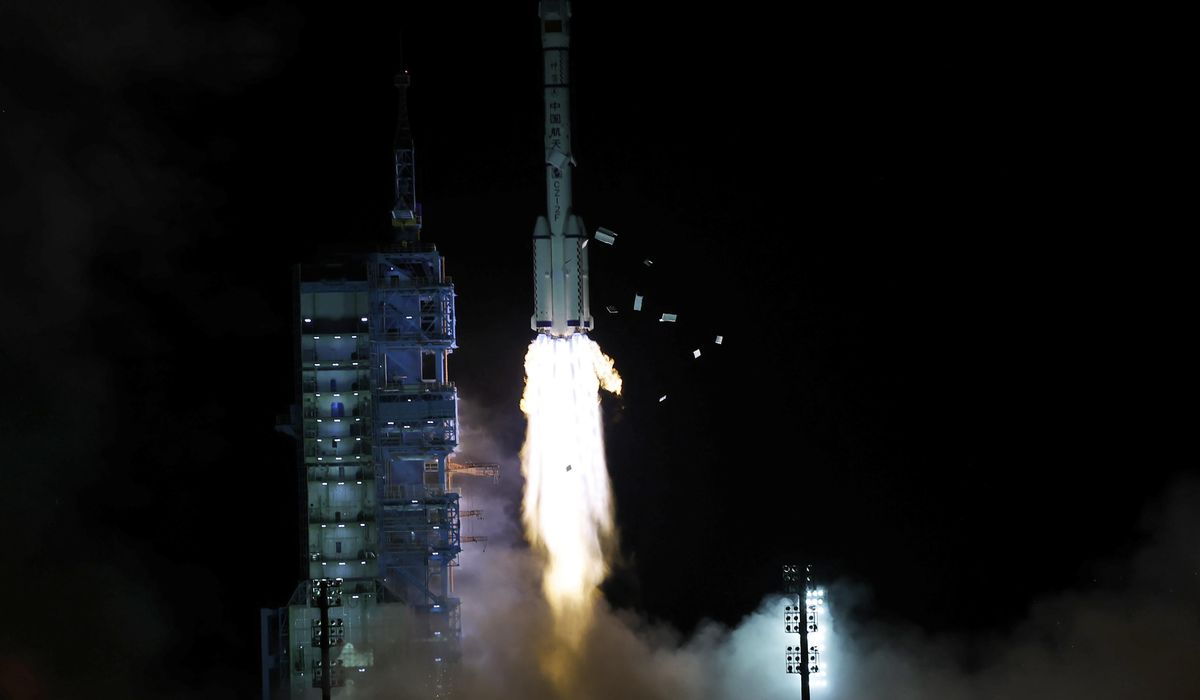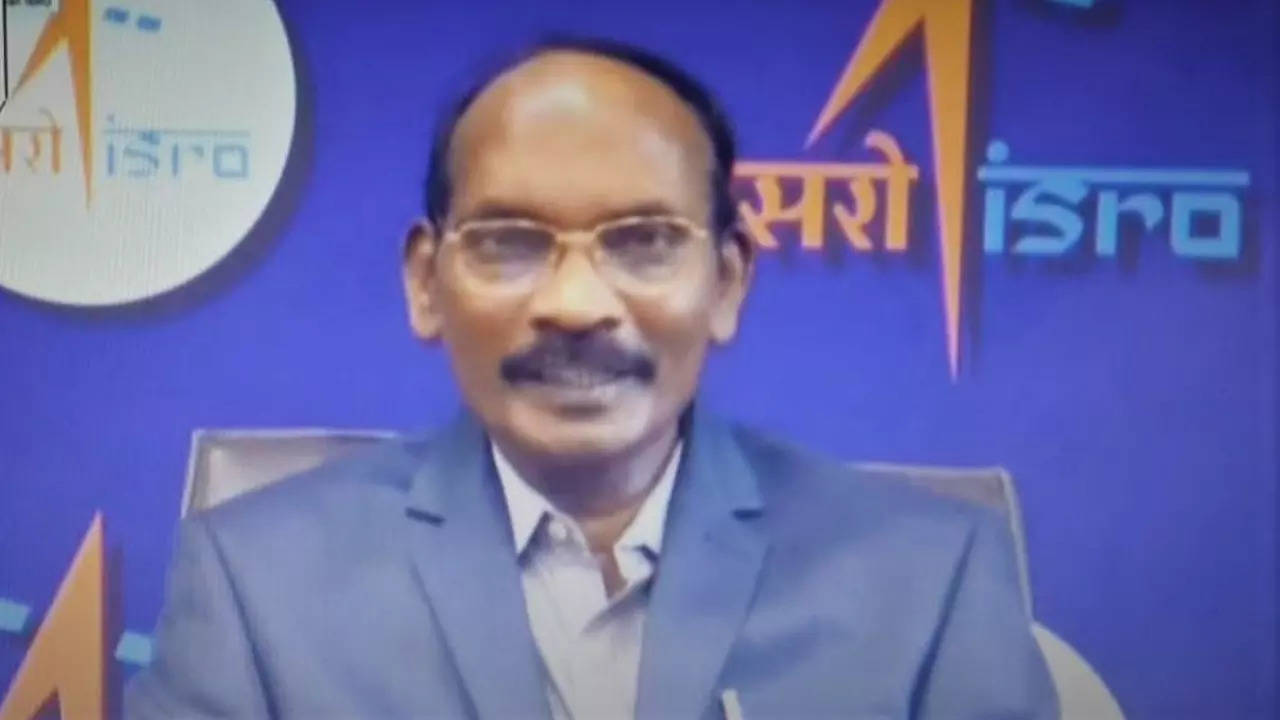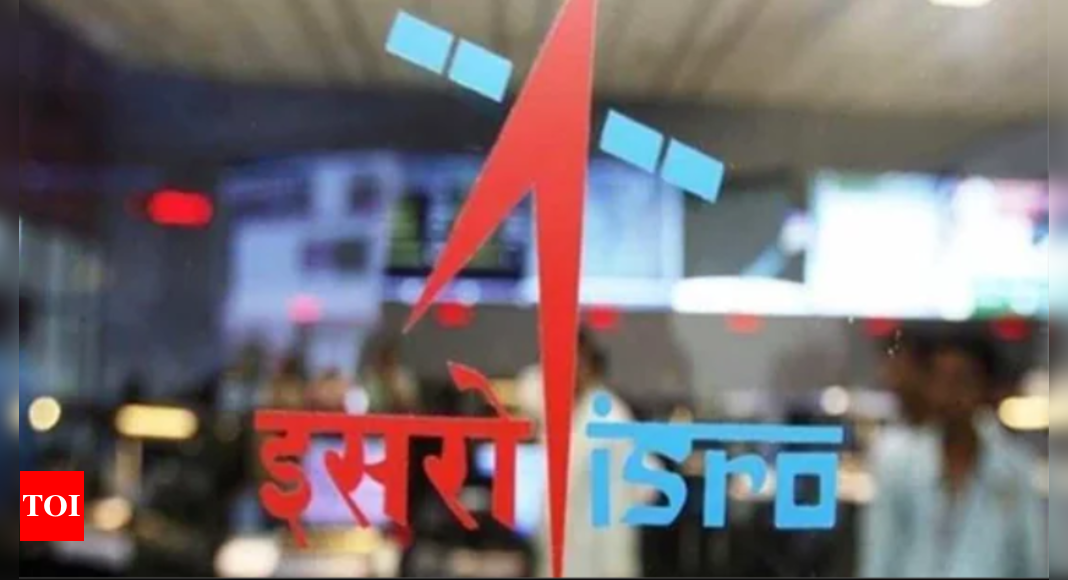Okabe Rintarou
Senior Member
- Joined
- Apr 23, 2018
- Messages
- 2,337
- Likes
- 11,988
Most likely its old config. New config is centered around SC-120 and C-32 stages, which are already being manufactured as we speak (propellant tanks already built). The entire idea is to be modular at least in stage construction to lower costs and achieve economies of scale. Would be counterproductive to go a SC-160 stage now.Bro thank you for posting these slides, always find them informative.
Just a bit of confusion regarding the upper stage and the second stage of the future variants of the gslv.
This is what i knew or we knew in general that future variants of gslv will have a second stage powered by sce-200 engine with 120t fuel mass/thrust in total and also coupled with the 32t variant of the current upper stage using the same engine ce-20.
But now in this particular slide, we get a 160t 2nd stage with 27t upper stage, ummm why?
I don't exactly recall but i think either you or someone else posted here another ppt where it showed that we will have mk4 and mk5 variants of the gslv, basically a casual upgrade of second stage, third stage and maybe boosters i am not sure. So are these suggesting that configs may change or just old?
Not in GSLV, and likely not in HLV either. But in SHLV.One additional query, are we going to use se-200 engine in any boosters of gslv?
SCE-200 based stages like SC-120 will be used as boosters in SHLV and another stage SC-400 being used as boosters in another, heavier config of SHLV.







